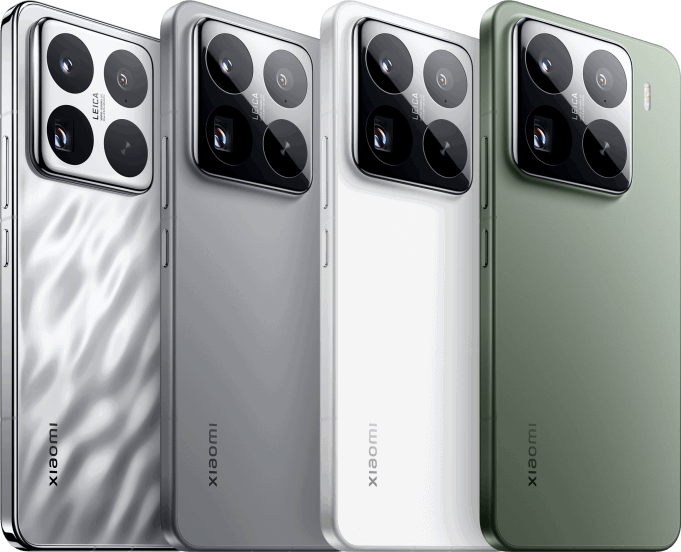In the fall of 2016, Apple released its original AirPods. And while they weren’t the first, they were a breakout hit. Since then, the true wireless earbud market has turned into a feeding frenzy. And now, there’s a new class of competitors.
Five years on, Apple is still the apex predator with a leading share of the market, but that hasn’t deterred competitors from churning out new wireless earbuds. And for good reason: The number of true wireless earbuds sold is expected to more than triple from 2019 to 2022.
While Apple is reportedly on the cusp of third-generation AirPods, pretty much every major player (including Sony, Bose, Jabra, Beats, Google and Amazon) has also released second-, third- and even fourth-generation versions of their own wireless earbuds. And they’ve gotten very good.
Now, this past month, the latest generation of heavy-hitters has landed in the form of Sony’s WF-1000XM4, successor to the buds that tackled noise-canceling before Apple got around to it, and the new Jaybird Vista 2, the best headphones for running, full stop.
There are more types of wireless earbuds than ever
There’s more variety than ever before. You can buy wireless earbuds for less than $30, like the JLab Go Air, or for as much as $400, like the Bowers & Wilkins PI7. If you need rugged wireless earbuds for working out, buy a pair with a high IP rating like the Jaybird Vista 2 or Jabra Elite Active 75t. Or if you want the noise-cancellation, get the Sony WF-1000XM4 or Bose QuietComfort Buds. Or if can’t find wireless earbuds that fit your ears, get the UE Fits which literally custom-mold to give you that perfect fit.
Most of the newest wireless earbuds are also decked out with modern features like wireless charging and the ability to pair to multiple devices at once. Even active noise-cancellation has become a pretty common feature in true wireless earbuds — and you don’t have to spend over the odds to get it. You can buy wireless earbuds with active noise-cancellation for less than $100, like the Wyze Buds Pro or the Nothing Ear (1), which would have been unheard of just a few years ago.
The next big step for wireless earbuds? Audio quality.
Up to this point wireless earbuds have been hamstrung by the fact that they require a Bluetooth connection to work, which unfortunately can’t play lossless-quality audio — you need to stream over Wi-Fi or have a wired connection to be able to stream the large amount of data high-quality audio requires. But manufacturers of wireless earbuds are finding ways around this little hurdle.
The latest Sony wireless earbuds, the Sony WF-1000XM4, are one such example. They are one of the first wireless earbuds to be able to stream LDAC audio files, which is Sony’s proprietary audio codec (available on most Android smartphones, but not on iPhones unfortunately). This enables them to stream higher-quality audio (with bitrates of between 600 kbps and 900 kbps, rather than the 256 kbps of MP3 and AAC audio files) than most other wireless earbuds. It’s still nowhere near true lossless or CD-quality audio, which has bit rate of 1,411 kbps, but it’s a step in the right direction.
Bowers and Wilkins is doing something novel, too. Its newest wireless earbuds, the Bowers & Wilkins PI7, support Qualcomm’s aptX Adaptive audio technology, an audio codec that lets you stream high bitrate and low latency audio files over Bluetooth (with bitrates up to 420 kbps). But again, you’re out of luck if you’re an iPhone user because no iPhone supports aptX Adaptive. In fact, most popular Android smartphones don’t support it either.
Apple is blazing its own path, as ever.
Other wireless earbud manufacturers are leaning into audio quality in a different way — Apple being the biggest example. Instead of trying to stream higher bitrate streams over Bluetooth, Apple is leveraging immersive sound technologies, like Dolby Atmos and Spatial Audio. It figures that many people are using their wireless earbuds and smartphones to stream movies and shows, and this these immersive technologies improve the audio quality of AirPods and AirPods Pro for that specific experience.
Of course, improved audio quality still feels like a luxury in wireless earbuds. The vast majority of people can’t really hear the difference between a low-bitrate and higher-bitrate stream; for example, if you change the audio quality of your default tracks on Spotify from 160 kbps (Normal) to 320 kbps (High) in settings, you’re probably not going to be able to tell the difference if you’re listening on AirPods.
For most people. the fact that they can buy a pair of wireless earbuds from a reputable manufacturer — not a knockoff pair of AirPods from Amazon) — and know it will work and sound pretty great, that’s a testament to how far wireless earbuds have come.
But for quality, wired is still king.
It’s a little ironic that Apple has finally introduced lossless audio tracks to Apple Music, but very few of its audio products can actually play it. AirPods, AirPods Pro and all of Beats wireless earbuds can’t play them. Neither can AirPods Max, even when using its wired connection. The HomePod and the HomePod mini the only exceptions.
So for as far as wireless buds have come, the old school approach still reigns supreme. If you wan’t to play lossless tracks at 16-bit/44.1 kHz or more, a solid pair of wired cans, and even an external DAC/amp are still essential equipment. Will it always be this way? Maybe not. But even as the definition of hi-fi evolves, some things stay the same.


